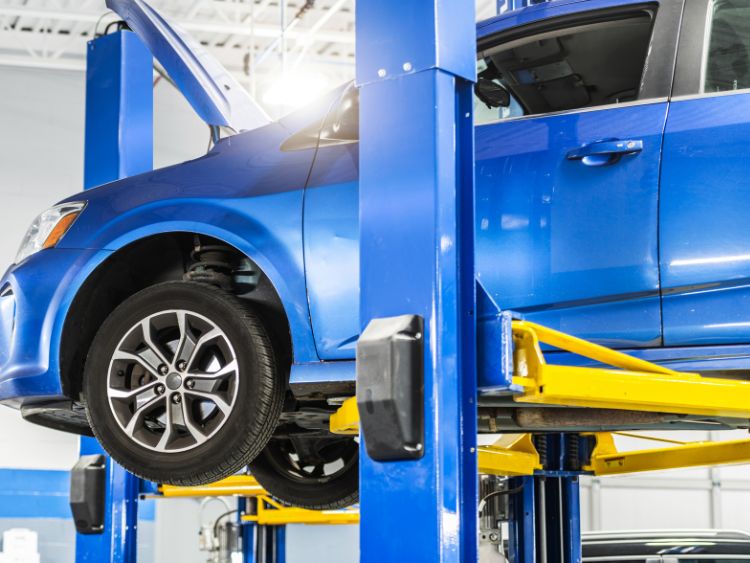Let’s dive straight into the heart of vehicle care—specifically, your Toyota’s maintenance schedule. Why does it matter, you ask? Well, keeping up with your vehicle’s maintenance is like giving your car a regular health check. It ensures that your Toyota runs smoothly, remains reliable on the road, and holds its value over time. So, buckle up as we embark on this journey to demystify the Toyota vehicle maintenance schedule, ensuring your ride stays in tip-top shape for the long haul.
Why Stick to a Maintenance Schedule?
Before we get into the nuts and bolts, let’s chat about why adhering to a maintenance schedule is as crucial as having a good mechanic. For starters, it’s about prevention. Regular maintenance spots minor issues before they become major, wallet-draining problems. Plus, it’s about peace of mind. Knowing your vehicle is in top shape means one less thing to worry about.
Decoding the Toyota Vehicle Maintenance Schedule
Toyota vehicles are renowned for their reliability and durability. However, even the sturdiest of cars need regular check-ups. Here’s a breakdown of what a typical Toyota vehicle maintenance schedule looks like:
Initial Check-Up
- 5,000 Miles or 6 Months: Whichever comes first, this is about the basics. It includes:
- Oil and filter change
- Tire rotation
- Basic safety inspection
Regular Intervals
After the initial check-up, you’ll want to bring your Toyota in for service every 5,000 miles or 6 months, whichever comes first. These visits typically cover:
- Repeating the initial services
- Inspecting the brake pads and rotors
- Checking fluid levels and topping off as necessary
Milestone Services
Certain milestones require a bit more attention. Let’s look at what these involve:
- 15,000 Miles or 12 Months:
- Air filter replacement
- Cabin air filter replacement
- A more thorough inspection of brakes, steering, and suspension components
- 30,000 Miles or 24 Months:
- Replace the engine air filter and cabin air filter (again)
- Inspect the fuel system
- Check the transmission fluid and coolant
- 60,000 Miles or 48 Months:
- Replace spark plugs
- Inspect and possibly replace brake fluid
- Check the drive belts and replace if necessary
- 100,000 Miles or 80 Months:
- Timing belt replacement (for models with a timing belt)
- Water pump inspection
- Inspect and possibly replace coolant
FAQs About Toyota Vehicle Maintenance
Q: How often should I change my oil? A: Toyota recommends every 5,000 miles or 6 months, whichever comes first, for most models. However, some newer models can go 10,000 miles with synthetic oil.
Q: Can I perform maintenance myself? A: Sure thing! Basic maintenance like oil changes and air filter replacements are doable at home. However, for more complex tasks, it’s wise to consult a professional.
Q: What happens if I skip maintenance? A: Skipping maintenance can lead to bigger, more expensive problems down the road. It’s like skipping a dentist appointment; the longer you wait, the worse it gets.
Summary
Sticking to your Toyota vehicle maintenance schedule is key to ensuring your ride remains safe, reliable, and enjoyable for years to come. Regular check-ups prevent minor issues from turning into major headaches and help keep your Toyota running like a dream. Remember, taking care of your vehicle is not just about maintaining its value; it’s about ensuring your safety and the safety of your passengers. So, don’t wait until something goes wrong. Keep up with your maintenance schedule, and your Toyota will take care of you on the road.
Whether you’re a new Toyota owner or a seasoned driver, understanding and following your vehicle’s maintenance schedule is crucial. It’s not just about the immediate benefits but also about ensuring your vehicle’s longevity and performance. So, take this guide to heart, schedule those maintenance appointments, and drive confidently, knowing your Toyota is in its best shape. Safe travels!
